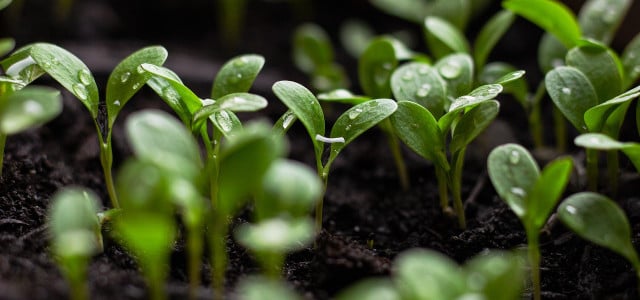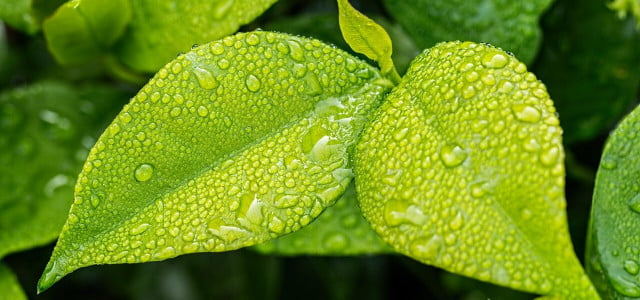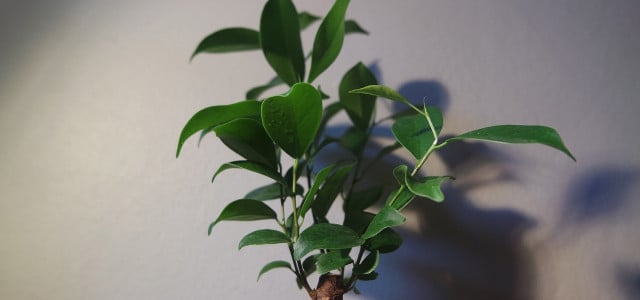Regardless of which type of plant you're growing, seedlings need frequent watering and relatively moist soil. Here, you'll learn how to avoid overwatered seedlings.
Growing and taking care of baby plants from seeds is fun for children and adults of all ages. Seedlings are a great place to start with gardening as well, as they are relatively low maintenance and can be kept both indoors and outdoors.
However, because they are so small, it is fairly easy to get overzealous and accidentally overwater these little guys. Overwatered seedlings can die quickly as they struggle to access necessary oxygen and nutrients. Watch out for the telltale signs of overwatering and help your seedling make a come-back if it is struggling.
Signs of an Overwatered Seedling

(Foto: CC0 / Pixabay / jcesar2015)
Check to see if your seedlings are showing any of the following signs:
- Yellowing Leaves are a common sign of overwatering. This will occur throughout the entire plant, not just on older leaves.
- Stunted Growth could be the result of overwatering. If you’ve noticed your seedling is not thriving like it used to, check for other signs of overwatering to determine if that’s the issue.
- Limp, drooping and falling leaves are typical of any overwatered plant. A dehydrated seedling will experience defoliation and drying out of older leaves. In contrast, overwatered plant leaves become weak and fall off various parts of the plant.
- Blisters are a sure sign of overwatering. If your seedling is blistering, it is desperately trying to get rid of the excess water.
- Wet soil is something to be concerned about if it is consistent. If the soil seems to never dry out, or it takes more than a couple days to do so, the seedling is overwatered.
- Mold at the surface of the soil can look like white dust, or more like algae. Mold thrives in moist environments, so if you notice some mold, the seedling has definitely been overwatered.
- Root rot occurs when a plant has been consistently overwatered and it is starting to die. You may have root rot if you notice the seedling has become week or the soil is loose and foul smelling. Any of the above signs could also point to root rot. You must remove the plant from the soil in order to determine the health of the roots.
How to Fix an Overwatered Seedling
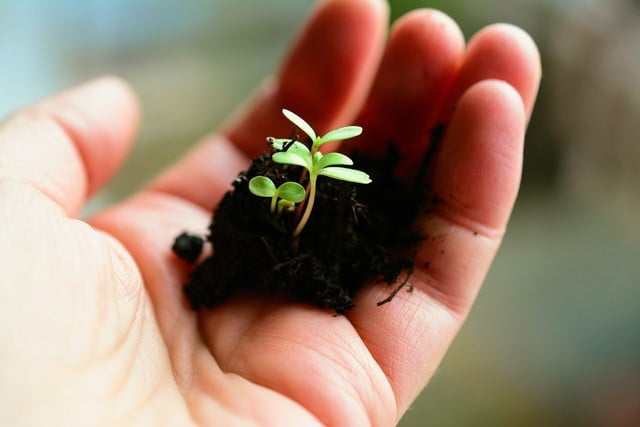


(Foto: CC0 / Pixabay / congerdesign)
Once you have identified your overwatered seedling, you can take a few simple steps to prevent things from getting worse.
- Carefully remove the plant from the soil so you can get a good look at the leaves. If the soil has a foul odor or visible mold, toss it out and use new soil when replanting.
- Inspect the seedling’s roots. Healthy roots should be strong, firm, and white in color. If you notice any roots which are mushy, brown or smelly, they are rotting.
- If you don’t find any root rot, the situation is not that bad. You can simply return the seedling to the soil. Poke some holes into the soil to help it get some ventilation, and leave your plant alone until the excess moisture has evaporated.
- If there is root rot, however, you need to do some tripping. Using sharp, sanitized scissors, carefully cut off any unhealthy, rotting roots.
- Repot the seedling in fresh, dry soil. Make sure to use a clean pot with several drainage holes.
- Be careful not to overwater the seedling in the future. Follow our tips for seedling care to keep your plants healthy and happy.
Seedling Care
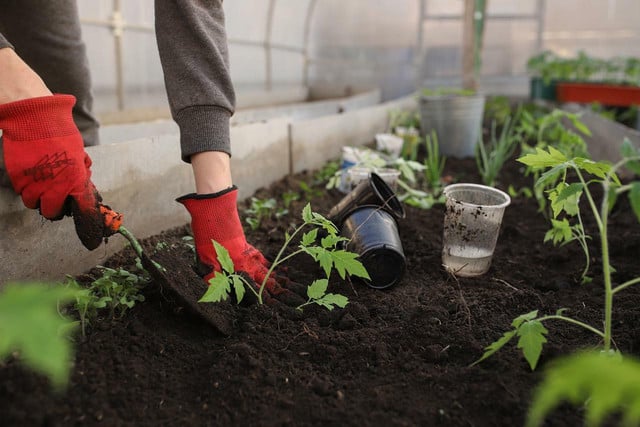


(Foto: CC0 / Pixabay / Katya_Ershova)
- Seedlings love direct sunlight, so place your plants on a windowsill or outdoors in an area where they will get lots of sun.
- Water the seedlings regularly, but be careful not to overwater them. The soil should be kept moist, but not wet. Typically, seedlings need to be watered every day or every other day. Check the soil with your finger to make sure it’s not too wet before watering.
- Give your seedlings the tools to air out and drain excess water. Make sure the soil is relatively loose, and use pots with drainage holes. If you have a saucer under your pot, make sure to throw out excess water within ten minutes of watering the seedling.
- Emulate a humid environment for your seedlings by covering them with a glass bowl or food storage container. You can also mist the tops of your seedlings when watering.
Read more:
- Starting Seeds in Egg Cartons: Do’s and Don’ts
- Growing Sprouts in a Jar: How to Grow Sprouts at Home
- How to Grow Microgreens: A Step-By-Step Guide
Important Information regarding Health-related Topics.
** Links to retailers marked with ** or underlined orange are partially partner links: If you buy here, you actively support Utopia.org, because we will receive a small part of the sales proceeds. More info.Do you like this post?






